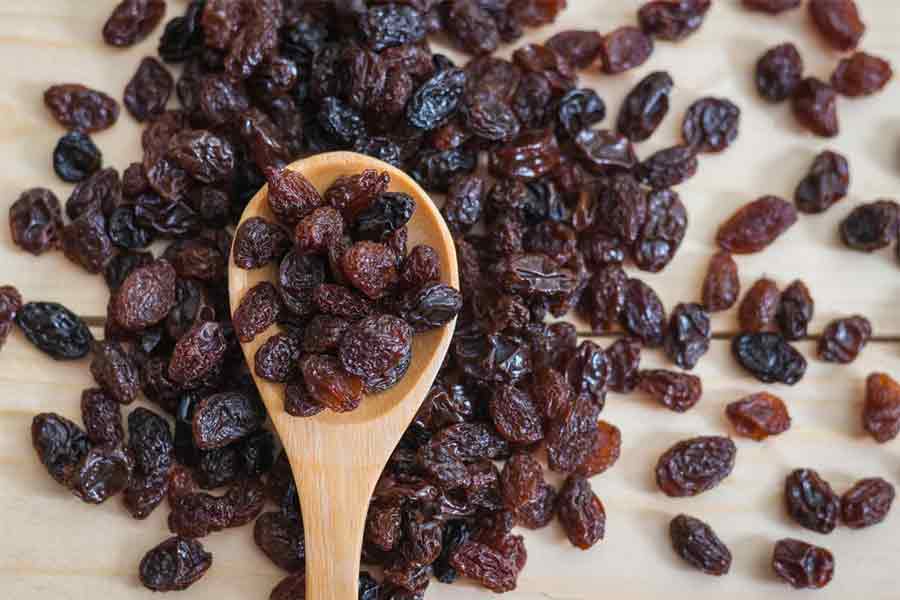Each year, the Environmental Working Group (EWG) uses data from the USDA Pesticide Data Program (PDP) to create their Dirty Dozen and Clean Fifteen rankings of fruits and vegetables. The Dirty Dozen list allows shoppers to see, at a glance, which conventionally grown items – such as strawberries and apples – contain high levels of pesticide residue and should be avoided, in favor of organic versions. This year, EWG highlighted a problem with a popular item: raisins.
The Pesticide Problem
The USDA measures pesticide residues on thousands of fruit and vegetable samples every year. Each year, the Environmental Working Group (EWG) uses that data to rank fresh produce based on a collection of metrics, such as the percent of samples with detected pesticides, the average number of pesticides Lower Your Risk of High Pesticide Levels with Organic Raisins found, and the average concentration of pesticide.


